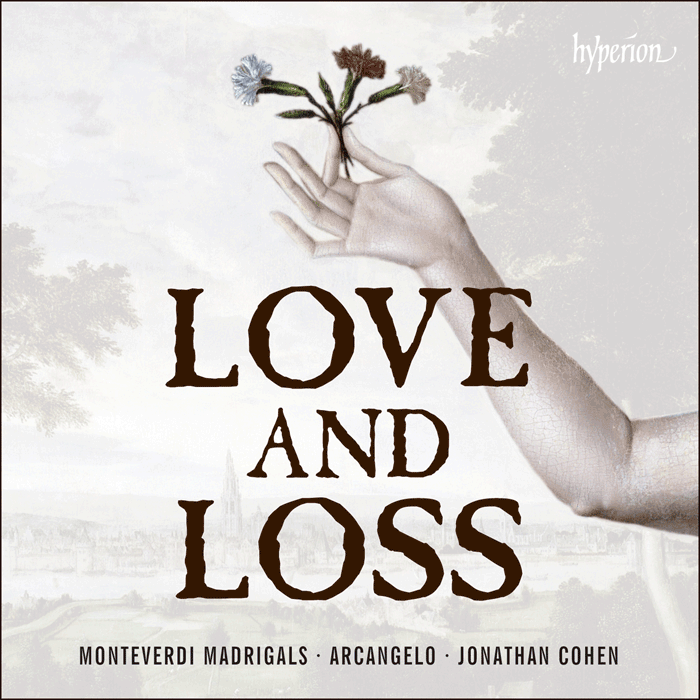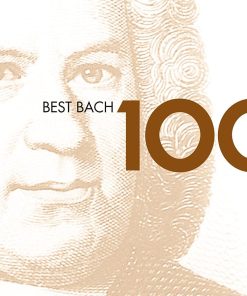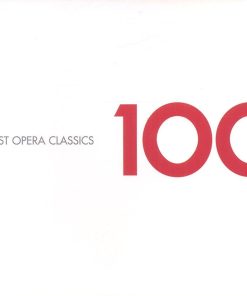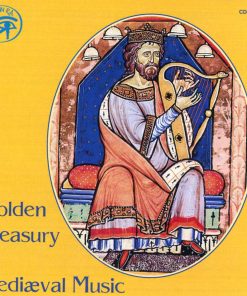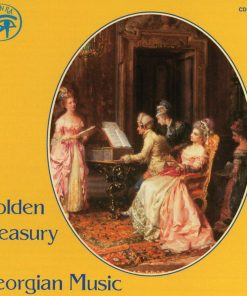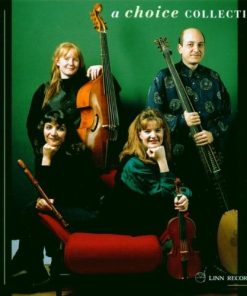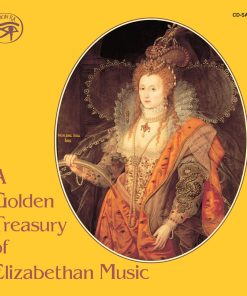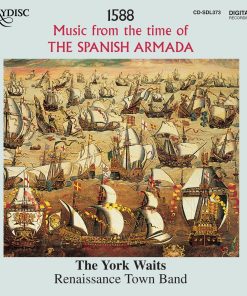MONTEVERDI: Madrigals of Love and Loss – Arcangelo, Jonathan Cohen Hyperion
$ 20,99 $ 12,59

BALLO: VOLGENDO IL CIEL – MOVETE AL MIO BEL SUON
Volgendo il ciel – Movete al mio bel suon SV154[9’47]1
Introduzione al ballo: Volgendo il ciel per l’immortal sentiero[5’42]Thomas Walker (tenor)
2
Ballo a 5 con doi violini: Movete al mio bel suon le piante snelle[2’02]3
Ciaccona[3’04]Tarquinio Merula (1594/5-1665)
Volgendo il ciel – Movete al mio bel suon SV154[9’47]4
Ballo a 5, seconda parte: Ei l’armi cinse, e su destrier alato[2’03]5
Combattimento di Tancredi e Clorinda SV153[20’03]James Gilchrist (tenor)
6
Or che ‘l ciel e la terra e ‘l vento tace SV147[8’13]7
Ohimè, dov’è il mio ben, dov’è il mio core? SV140[5’14]Katherine Watson (soprano), Anna Dennis (soprano)
8
Zefiro torna e ‘l bel tempo rimena SV108[3’46]9
Ohimè il bel viso, ohimè il soave sguardo SV112[4’22]Sestina ‘Lagrime d’amante al sepolcro dell’amata’ SV111[15’32]10
Incenerite spoglie, avara tomba[2’25]11
Ditelo, o fiumi, e voi ch’udiste Glauco[1’49]12
Darà la notte il sol lume alla terra[2’19]13
Ma te raccoglie, o ninfa, in grembo ‘l cielo[2’55]14
O chiome d’or, neve gentil del seno[2’26]15
Dunque, amate reliquie, un mar di pianto[3’38]

Gramophone Award-winning ensemble Arcangelo (in their first recording as a vocal and instrumental group) presents a selection from Monteverdi’s last three books of madrigals. These ardent and passionate works are microcosms of Monteverdi’s great operas, and among his most celebrated music.
Most of the madrigals of Book 6 (1614) are songs of parting and loss. Book 7 (1619) is entitled Concerto, meaning that all the works it contains require instrumental accompaniment. And Book 8 (1638) introduces the genere concitato—the ‘agitated’ manner that Monteverdi devised to convey the emotions of war, whether physical or psychological. Combattimento di Tancredi e Clorinda sets an extended passage from Tasso’s epic poem Gerusalemme liberata. Tasso’s text, set in the time of the first crusade, tells of the combat between the Christian knight Tancredi and the Saracen maiden Clorinda. Most of the action of the Combattimento is conveyed by a narrator (Testo—the text), sung here by celebrated tenor James Gilchrist.
Fast Shipping and Professional Packing
Due to our longstanding partnership with UPS FedEx DHL and other leading international carriers, we are able to provide a range of shipping options. Our warehouse staff are highly trained to pack your goods exactly according to the specifications that we supply. Your goods will undergo a thorough examination and will be safely packaged prior to being sent out. Everyday we deliver hundreds of packages to our customers from all over the world. This is an indication of our dedication to being the largest online retailer worldwide. Warehouses and distribution centers can be located in Europe as well as the USA.
Orders with more than 1 item are assigned processing periods for each item.
Before shipment, all ordered products will be thoroughly inspected. Today, most orders will be shipped within 48 hours. The estimated delivery time is between 3-7 days.
Returns
The stock is constantly changing. It's not entirely managed by us since we are involved with multiple parties such as the factory and our storage. The actual stock can fluctuate at any time. Please understand it may happen that your order will be out of stock when the order is placed.
Our policy is valid for 30 days. If you haven't received your product within 30 days, we're not able to issue either a return or exchange.
You are able to return a product if it is unused and in the same condition when you received it. It must also still remain in the original packaging.
Related products
MUSIC CDS
MUSIC CDS
MUSIC CDS
MUSIC CDS
MUSIC CDS
MUSIC CDS
MUSIC CDS
MUSIC CDS
MUSIC CDS
